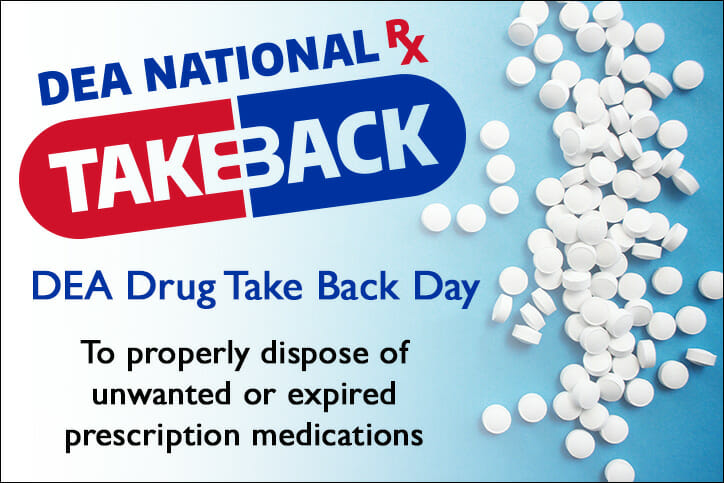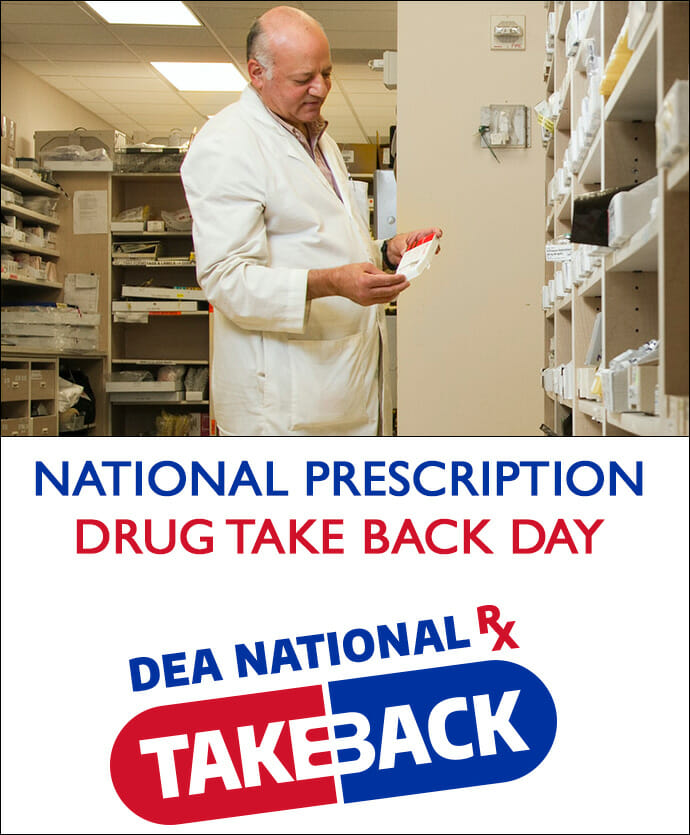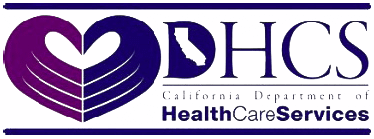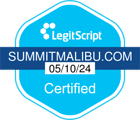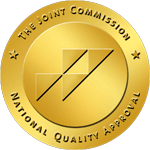Table of Contents
DEA National Take Back Day is Saturday, October 25, 2025
Twice a year, the Federal Drug Enforcement Administration hosts DEA National Take Back Day, usually on the last Saturday in April and October. This offers people a safe way to properly dispose of unused medications and prescription drugs.
The dangers of leftover, unused narcotic prescription medications cannot be overstated. Misuse of prescription drugs, particularly opioid pain medications, has contributed to a staggering number of overdoses and deaths.
DEA National Take Back Day Locations Near Me
The Federal DEA agency’s website provides helpful information on how anyone can clear their medicine cabinets of unwanted, unused, risk-associated prescriptions, as well as providing information about DEA Take Back Day Locations to find the nearest public disposal locations.
To offer an alternative drug take back day option, Google Maps also has a drug disposal map that can be used on a mobile phone that shows the nearest locations.
During April 2021, there were some 5,060 DEA-associated collection sites across the United States, which gathered a staggering 839,543 pounds of leftover medications that were safely destroyed.
It’s important to understand why prescription drugs can be so dangerous and should not be left around the home when no longer needed.
Most Misused and Abused Prescription Drugs
The number of potentially addictive drugs prescribed in the United States has increased at alarming rates since the early 1990s.
While many of these medications have their place in the treatment of pain and other medical issues, the ease of access to leftover drugs is one of the biggest reasons they’re often misused or abused.
According to the National Institute on Drug Abuse (NIDA), misuse of prescription drugs is a serious public health crisis in the United States.
In some cases, people might not even realize how addictive or otherwise dangerous the drugs in their medicine cabinets can be for themselves or for others who may have access to them.
Any type of drug or medication can be misused, but in general, the most commonly abused prescription medications fall into three categories.
Commonly Abused Prescription Drugs Include:
- Opioid painkillers, like hydrocodone, oxycontin or Percocet
- Central nervous system depressants like Xanax, Klonopin, or Valium, are used for treating anxiety and some sleeping disorders
- Stimulants, such as Adderall and Ritalin, are prescribed for attention deficit hyperactivity disorder (ADHD)
Opioids like Oxycodone and Hydrocodone are classified by the DEA as schedule II drugs because they have a high potential for abuse. The side effects of oxycodone include developing a high tolerance and addiction.
Some of the most common types of anxiety medication include benzodiazepines (Ativan, Xanax) and antidepressants (Lexapro, Zoloft).
Benzodiazepines can be especially dangerous if misused and they should only be taken occasionally or for a short time. Like with other benzos, long-term Ativan side effects include addiction and withdrawal symptoms.
Non-benzo sleep aids like Ambien (Zolpidem) are not as addictive as benzodiazepines, although they can still cause issues if abused. Ambien side effects can be more severe if it is taken with alcohol.
Who Misuses Prescription Drugs?
Leftover medications can be misused or abused by anyone. But the two most at-risk populations include:
- Older adults who are typically taking increased numbers of legally prescribed drugs as a result of health issues
- Teens and young adults who are taking medications legally prescribed to them for health issues, as well unprescribed drugs and medications for recreational purposes
The recreational use of prescription drugs for people ages 18 to 25 years old ranks in fourth place among substance abuse, just behind the misuse of alcohol, marijuana, and tobacco.
Nearly 15 percent of young adults reported the nonmedical use of prescription drugs in 2017, a statistic that is most likely underreported.
Among teenagers between the ages of 12 to 17 years old, nearly 5 percent said they had misused leftover medications at some time in the past year.
Polysubstance abuse is a term that describes a person who uses multiple substances for the purpose of getting high.
Teens and young adults are at an elevated risk for polysubstance abuse, which is a good reason for properly discarding unused prescription medications.
The Effects of Prescription Drug Misuse
One of the biggest misconceptions about prescription medications is that people believe they are safer than illegally purchased illicit drugs, because they were prescribed by a doctor.
In some instances, they might even be more dangerous depending on the dosage.
Drugs like opioids and central nervous system depressants have serious side effects that can cause problems with a person’s cardiovascular system.
When these medications are taken in large quantities, or when taken in small quantities and mixed with other substances like alcohol, overdose and death is a very real risk.
Another issue with taking prescription medications is addiction. Opioid pain meds are only supposed to be used for short periods of time in most instances. Even taking them as prescribed can be risky.
A large number of people have become dependent on pain medications even though they were simply following the recommendations listed on their prescription.
The likelihood of developing addiction issues, which can start with leftover prescription medications and move to other drugs of abuse, is higher for young people whose brains are still developing.
This can lead to a drug-seeking behavior that lasts well into adulthood, and may cause serious problems that require drug treatment for addiction.
The Importance of DEA National Take Back Day
Though it may be painful to hear, many overdose deaths and addiction struggles started with easily accessible leftover medications in the home. These tragedies did not have to happen.
Removing unused medications and safely securing prescription drugs is a simple and effective way to reduce the likelihood of an overdose or addiction risks.
Unused and unwanted prescription medications can be taken to a proper drug disposal location at any time of the year.
DEA National Take Back Day is held twice a year to serve as a reminder to dispose of any harmful medications that may be misused or pose a danger to anyone in the home, including friends or family members.
If everyone in America disposed of all medications they no longer take or need, it could substantially reduce the number of overdose deaths each year and minimize the risk of addiction.
